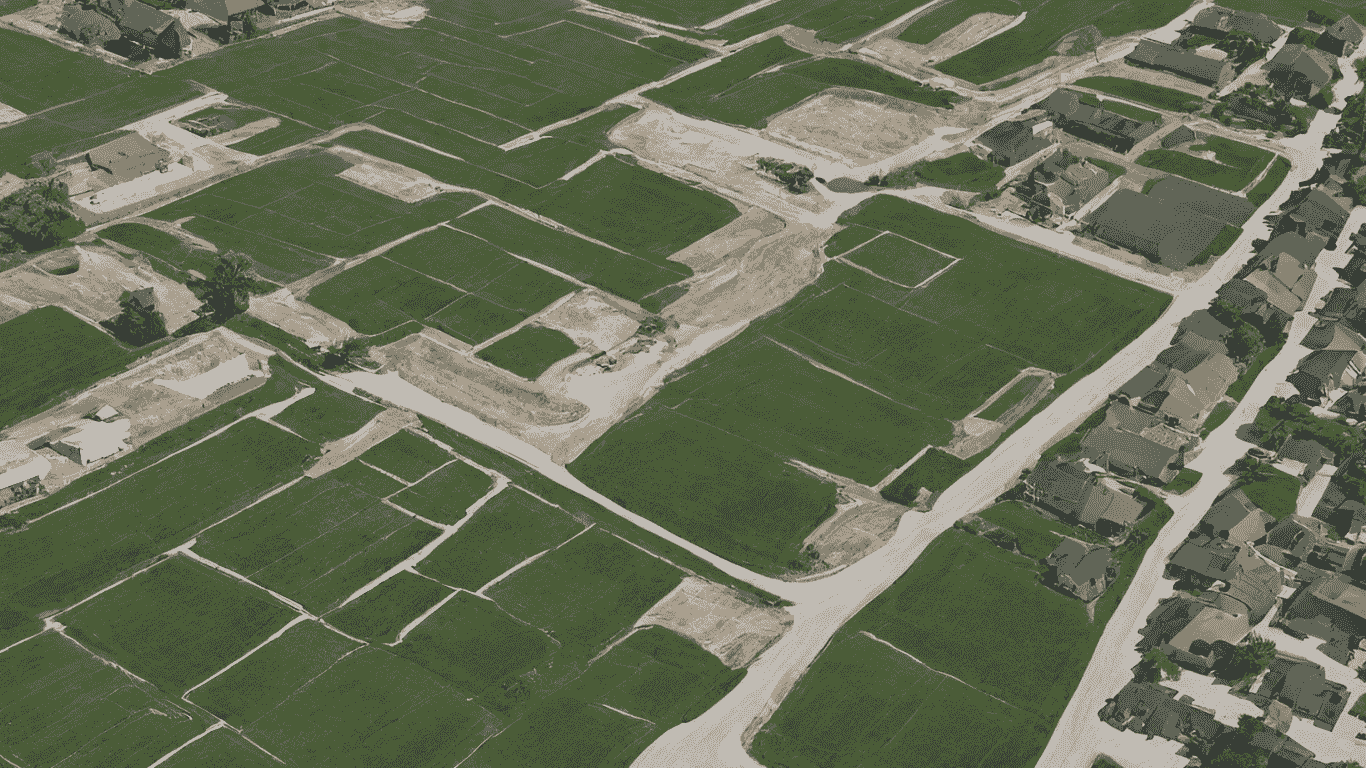
Picture this: you’ve just acquired a piece of vacant land, your untouched paradise. Owning vacant land can be an exciting venture, whether for future development, investment purposes, or to have a place to call your own.
But amidst all the dreams and possibilities lies a potential risk that many landowners often overlook – the need for proper insurance coverage.
Yes, even though it may seem like an empty plot with only grass and trees, your vacant land is still vulnerable to various hazards that, if unprotected, could lead to significant financial losses.
In this blog post, we’ll explore the importance of vacant land insurance and how it can safeguard your investment from unforeseen circumstances. So, let’s dig into the details and ensure that you’re fully equipped to protect what’s yours!
Understanding Vacant Land Insurance
Vacant land insurance is a specialized policy to protect landowners from potential financial losses associated with their undeveloped property. It covers various risks that may arise while your land sits empty.
One important point to note is that vacant land insurance differs from standard homeowner’s or commercial property insurance. These policies typically cover structures and personal belongings but may not adequately protect your vacant plot.
So why do you need specific coverage for your empty lot? Well, even though there may be no buildings on the property, that doesn’t mean it’s immune to risks. Natural disasters like floods or wildfires can damage the land itself or adjacent properties. Trespassing incidents or accidents on your premises could also lead to liability claims.
Vacant land insurance ensures you’re financially protected against these unforeseen events and potential legal actions. It provides peace of mind, knowing that if something were to happen, you wouldn’t bear the full brunt of the expenses alone.
Now that we’ve covered the basics of vacant land insurance let’s dive into some common risks associated with owning an empty plot. Awareness of these risks will help you understand how crucial this type of coverage is!
The Risks Of Owning Vacant Land
- Liability Risks: Vacant land can attract trespassers, and if someone gets injured or faces property damage while on your property, you might be held liable. This includes injuries due to hazards like uneven terrain, hidden pitfalls, or structures in disrepair.
- Vandalism and Theft: Vacant properties are more susceptible to vandalism, theft, or unauthorized use. These incidents can cause property damage and loss, leading to financial burdens for the landowner.
- Natural Disasters: Depending on the location, vacant land might be prone to natural disasters such as wildfires, floods, earthquakes, or storms. Damage from these events can be significant and costly to repair or restore.
- Environmental Liability: If the land was previously used for industrial or commercial purposes, there might be environmental risks, such as contamination or hazardous materials. Owners can be liable for cleanup costs or environmental damage if not addressed properly.
- Unintended Use: Vacant land might attract unwanted activities like illegal dumping, squatting, or unauthorized construction. These activities due the property and create potential legal and liability issues for the owner.
- Zoning and Regulatory Compliance: Owners must comply with local zoning regulations and property maintenance standards. Failure to do so might result in fines or legal actions from local authorities.
- Reduced Property Value: Neglected vacant land can decrease property value over time. Factors like overgrowth, lack of maintenance, or nearby neglected properties can adversely affect the value of your land.
How To Choose The Right Policy For Your Land
- 1. Coverage Options: Assess the types of coverage you require for your land. This may include liability protection, property damage coverage, or vandalism and theft protection.
- 2. Policy Limits: Evaluate the maximum amount an insurer will pay in case of a claim. It’s important to ensure that these limits align with the value of your land and any potential risks associated with it.
- 3. Deductibles: Consider how much you can pay out-of-pocket before insurance coverage kicks in. Higher deductibles usually result in lower premiums but could expose you financially if a claim arises.
- 4. Additional Endorsements: Some insurers https://schneider-insurance.com/blog/can-i-extend-liability-on-my-home-insurance-to-my-vacant-land offer additional endorsements or riders that provide extra coverage tailored specifically for vacant land situations. These can be beneficial depending on the unique features or risks associated with your particular parcel of land.
- 5. Claims Process: Research how easy (or difficult) it is to file a claim with each prospective insurer under consideration. A smooth claims process can make all the difference when dealing with unexpected events on your property.
Tips For Maintaining Your Vacant Land To Reduce Insurance Costs
- Regular Inspections: Conduct routine inspections of the property to identify potential hazards, damages, or signs of trespassing. Addressing issues promptly can prevent them from escalating and reduce insurance risks.
- Clearing Vegetation: Keep the land clear of excessive vegetation, parched grass, shrubs, or trees that could pose a fire hazard. Mow or clear the area regularly to minimize the risk of wildfires.
- Secure Perimeter: Install fencing or barriers around the property to deter trespassers and unauthorized access. Securing the perimeter can minimize the risk of vandalism or theft, potentially reducing vacant land insurance costs.
- Proper Signage: Display warning signs indicating that the property is private and vacant. This can deter potential trespassers and may also reduce liability risks.
- Regular Maintenance: Perform regular maintenance tasks such as repairing fences, gates, or any structures on the land. Keeping the property well-maintained can prevent accidents and mitigate potential risks.
- Security Measures: Consider installing cameras, motion-activated lights, or hiring security patrols if feasible. These measures can deter unwanted activities and potentially lower insurance premiums by reducing risks of vandalism or theft.
- Address Environmental Hazards: If the land has environmental risks, such as old wells, toxic materials, or other hazards, take steps to address and mitigate these risks. This might involve properly sealing wells, removing hazardous materials, or implementing safety measures.
- Document Maintenance Activities: Keep detailed records of maintenance activities, inspections, and any improvements made on the property. This documentation can be useful when discussing insurance coverage and demonstrating efforts to minimize risks.
Conclusion
Protecting your investment in today’s uncertain times should be a top priority. The risks associated with vacant land may not be as obvious as those associated with buildings or structures, but they are still very real. That is why vacant land insurance is essential.
By understanding what vacant land insurance entails and the potential risks involved in owning empty parcels, you can make an informed decision when choosing the right policy for your specific needs. Remember to consider liability coverage, fire protection, and vandalism protection when selecting a policy.
Investing in vacant land insurance provides peace of mind, knowing that your valuable asset is protected against unforeseen circumstances. So don’t overlook this crucial aspect of property ownership – safeguard your investment by securing the right coverage today.

